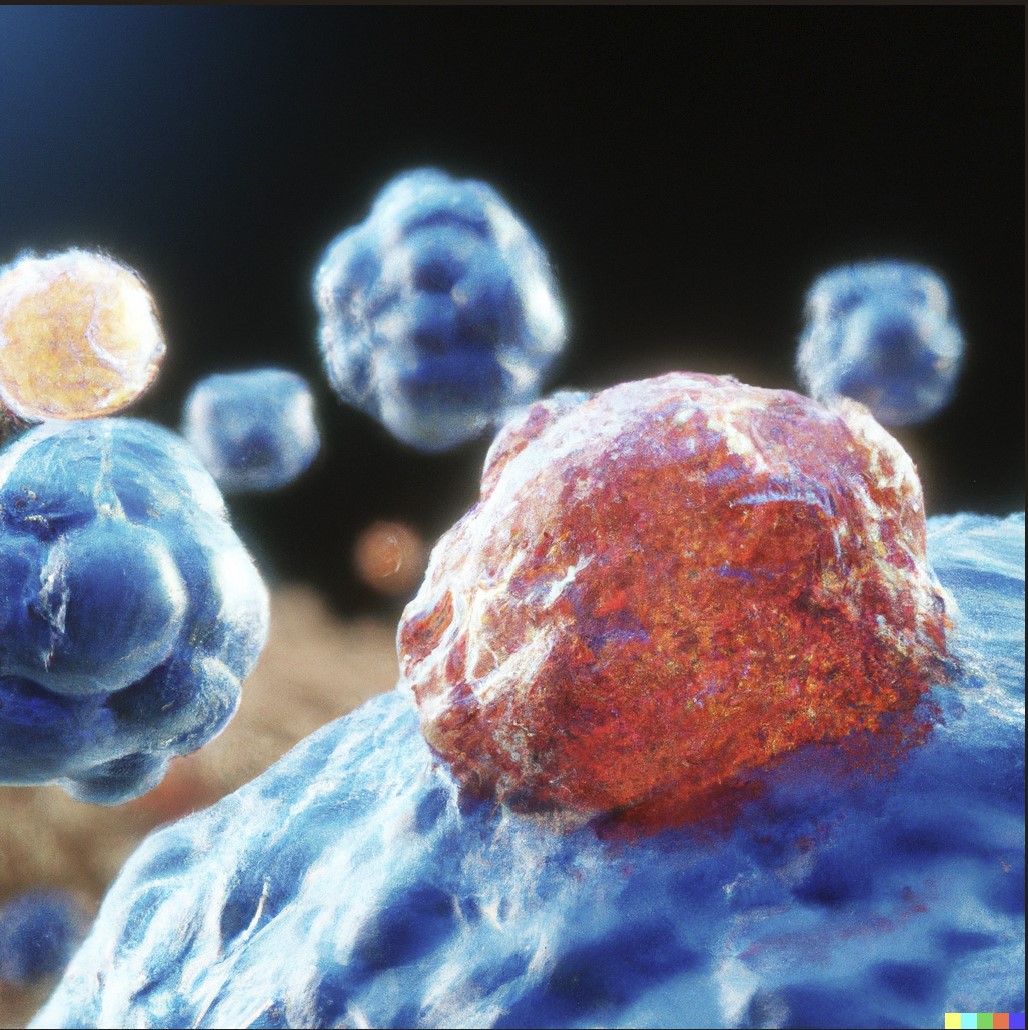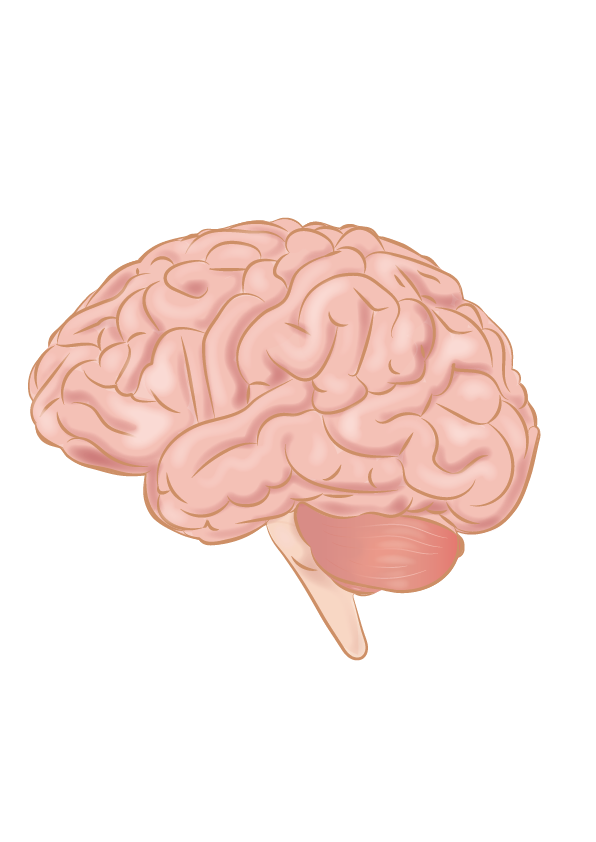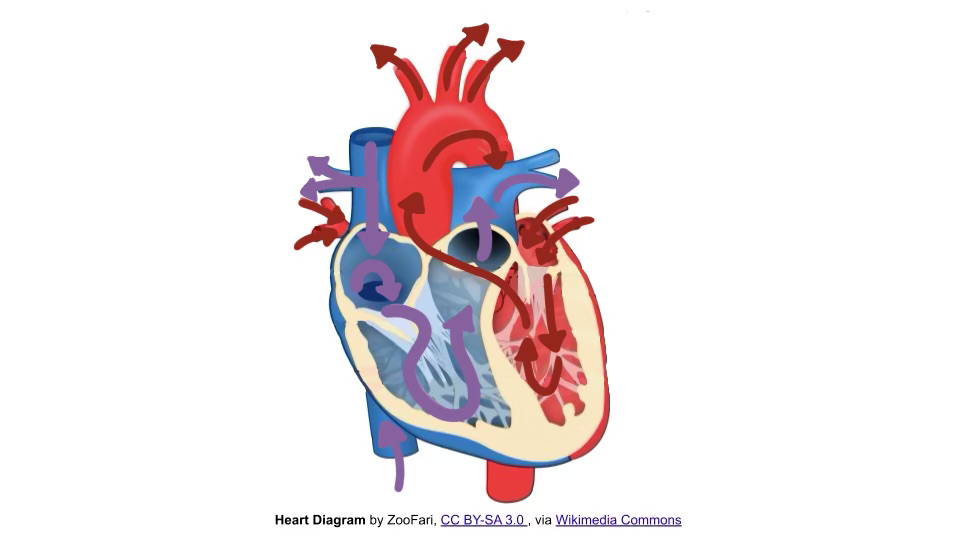In a recent breakthrough, scientists from Washington University School of Medicine and Baylor College of Medicine have discovered a previously unidentified cellular process that may change our understanding of how cancer develops and how tissue heals.
Cathartocytosis is a recently discovered mechanism that happens when injured stomach cells rapidly release their interior contents. These cells adapt into a more malleable, stem cell-like state, which speeds up tissue regeneration.
The researchers warn that while this shortcut might hasten healing, it may also leave behind molecular garbage that promotes chronic inflammation and may even encourage the establishment of tumors.
Normally, the body employs autophagy, a regulated self-cleaning mechanism, in which lysosomes break down and recycle damaged cell components. This procedure preserves tissue integrity and cellular order. Some cells, however, seem to bypass that path in favor of a quicker and more forceful process under acute injury. Enzymes, protein granules and membrane structures are among the internal components of cells that are violently expelled into the environment during cathartocytosis. Paligenosis, a more general healing process in which mature cells momentarily return to an earlier developmental state to aid in repair, appears to be linked to this sudden expulsion.
Moreover, researchers observed these cathartocytosis events under high-resolution imaging in animal models with stomach injuries.
Important cellular components such as the rough endoplasmic reticulum, sulfated glycoproteins and secretory vesicle contents were among the debris that was evacuated, which was not random.
Bypassing conventional waste-clearing pathways like lysosomes, this procedure demonstrates that cathartocytosis is a unique and deliberate mechanism, rather than the outcome of unintentional cell failure or rupture.
In some cases, this shortcut proved useful. The impacted cells swiftly entered repair mode and underwent more effective reprogramming.
But the researchers also discovered a drawback: chronic inflammation might be caused by the extracellular debris attracting immune cells.
Repeated cathartocytosis, particularly in organs that sustain injuries often, can leave behind waste that might foster the growth of cancer.
These findings offer more than just a better comprehension of how cells repair themselves. Doctors may eventually be able to identify early illness markers by looking for evidence of cathartocytosis in tissue samples, such as certain debris patterns or adjacent immunological activity.
Cathartocytosis demonstrates how the body occasionally prioritizes speed above accuracy while self-healing. The waste that is left behind might cause issues later, even if that trade-off can be helpful in an emergency. Understanding how to identify and control this shortcut might lead to new strategies for preventing healing from becoming detrimental.







